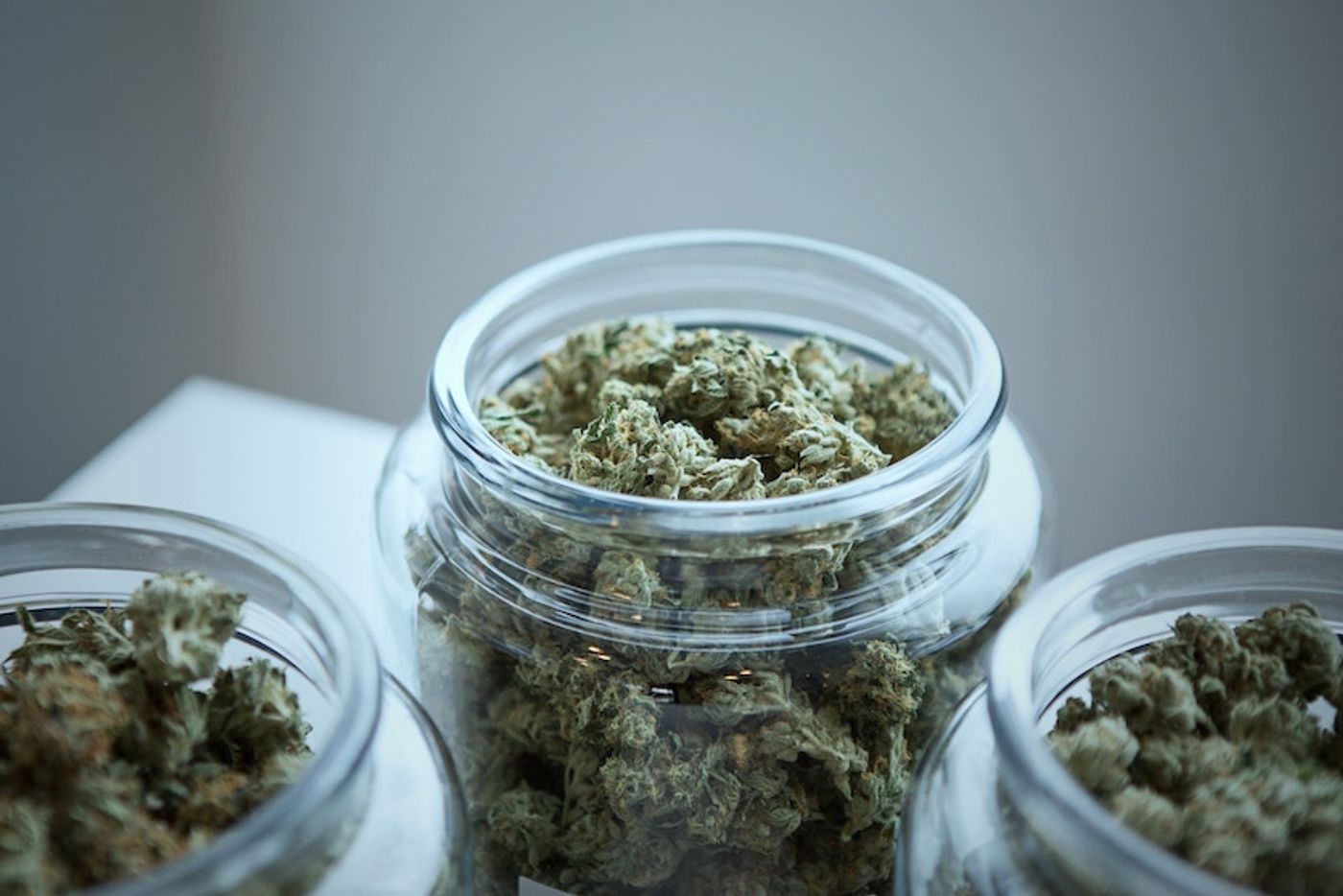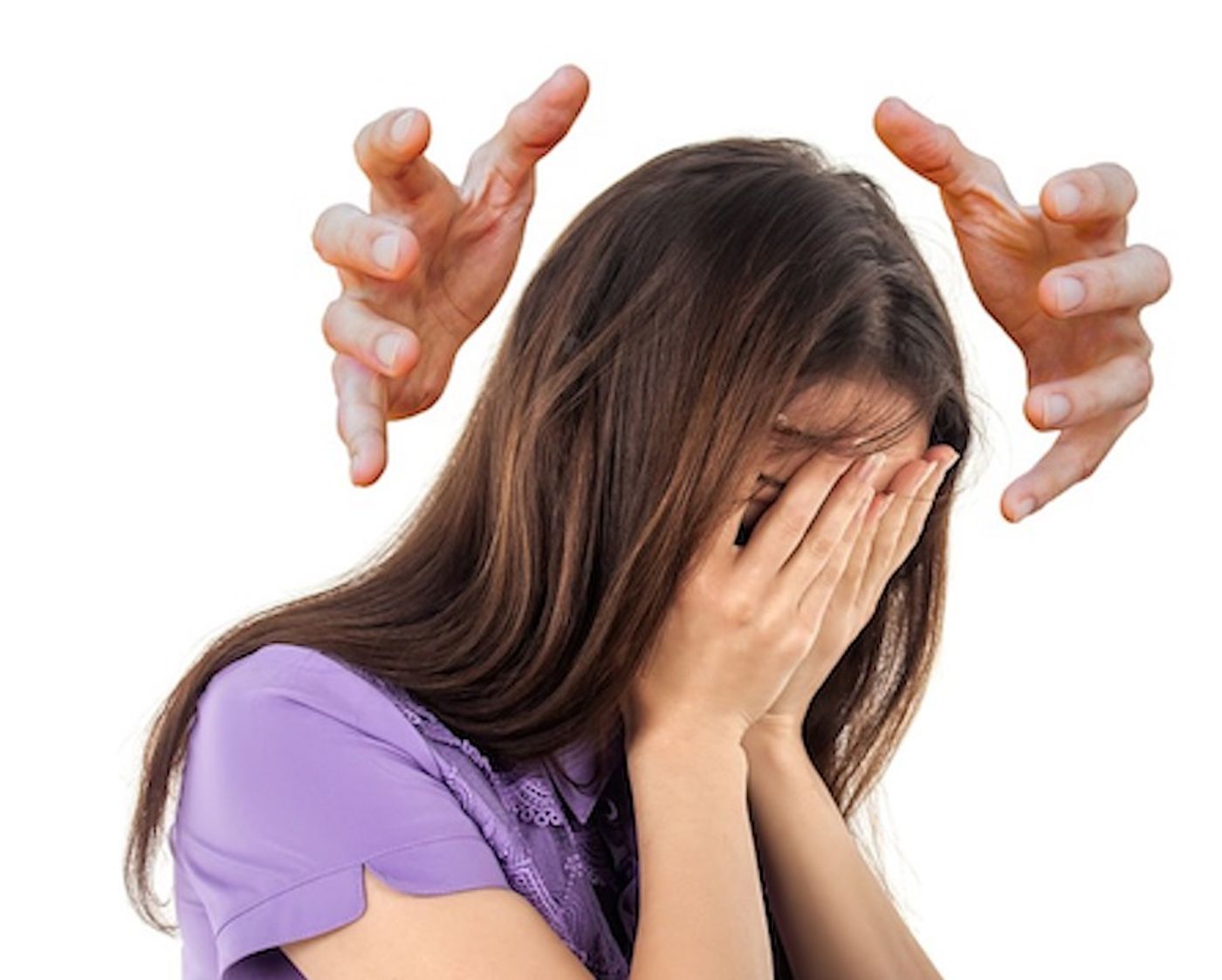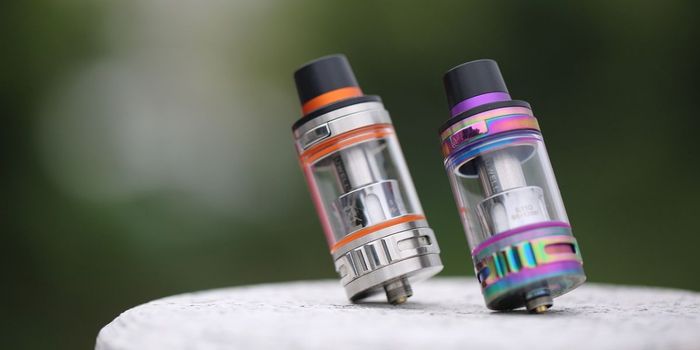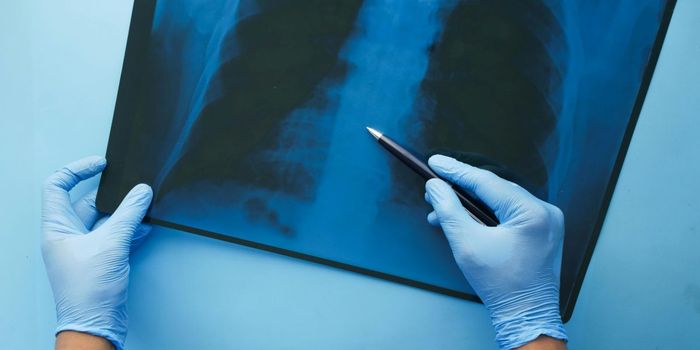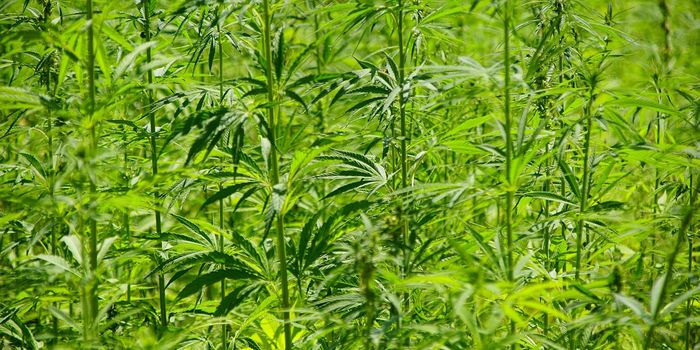High-potency cannabis (THC > 20%) is making its way into marijuana dispensaries all over the legal states. This is not your grandpa's reefer. From 1995-2004, THC concentrations have risen from 4 to 12%, and it is growing steadily. This rise has raised a few issues regarding today's reefer. In Colorado, the number of emergency admittances rose right after legalization. A growing number of the rare "hypermimetic" system has also risen as well, which could be due to the increase in users, and/or, the increase in the potency of the weed. Should we be concerned about this? Well, according to Florida, we should.
Photo source: UnSplash.com
In Tallahassee yesterday the House planned to limit the percentage of THC bred at 10, according to WINK News out of Florida. Congressmen believed that that number was "based on science". They are worried that weed that contained greater than 10% could contribute to the adverse side effects some people have. They cite research that describes the harmful effects of higher-potency cannabis. Many veterans, parents and, unsurprisingly, the industry itself, are pushing back. They believe that 10% is too low for medical marijuana patients. It would only, according to the activists, increase the amount they would need to buy to get the same relief.
Well, what is the science behind this claim? The 10% limit comes from research on the effects of higher-potency cannabis (13%) on cognition, motor control, executive function, motor impulsivity, and risk taking. Out of all potencies tested In this study, researchers found that their lower potency cannabis (250 microg/kg) had a relatively small impact on performance. However, at their highest dose (500 microg/kg) performance significantly declined.
Studies on safety suggest that higher-potency pot is linked to psychosis. In one study, users of higher-potency cannabis were 3x likely to experience an acute psychotic episode. In an exhaustive review published in 2016, authors reviewed the literature containing several studies supporting the theory that high-potency cannabis is linked to more acute psychotic episodes in users. Synthetic marijuana and other forms of marijuana (e.g. "dabbing") have even greater risks psychosis.
Photo source: Pixabay.com
So there is an argument to be made here. However, will a cap on the potency of marijuana decrease its medicinal value? One review suggested that, in the case of treating chronic pain, lower potencies could still produce ameliorative effects, yet it acknowledge that there was not enough research to definitively state that chronic pain can be effectively treated with lower-potency cannabis.
Interestingly, there are physical limits to how much THC can be bred into cannabis. These limits on the potency of pot are genetic. Cannabis breeders may have hit a "potency" ceiling if you will. This is due to the process by which THC is made in the plant. Another cannabinoid, cannabigerol (CBG), similar to CBD in that it is not psychoactive, is found in high concentration in the plant; its carboxylic acid form (CBDA, cannabigerolic acid) is the precursor of other important phytocannabinoids.
These act as limiting steps and factors that control the THC:CBD ratio, and there is only so far that it can be altered. This is a trick that many botanists have been aware of for a long time. Will we have a natural THC cap? According to Florida, it is still too high.
Sources: winknews.com, Neuropsychopharmacology, BMJ, World Psychiatry, Schizophrenia Research, Canadian Family Medicine, Progress in the Chemistry of Organic Natural Products, Leafly
